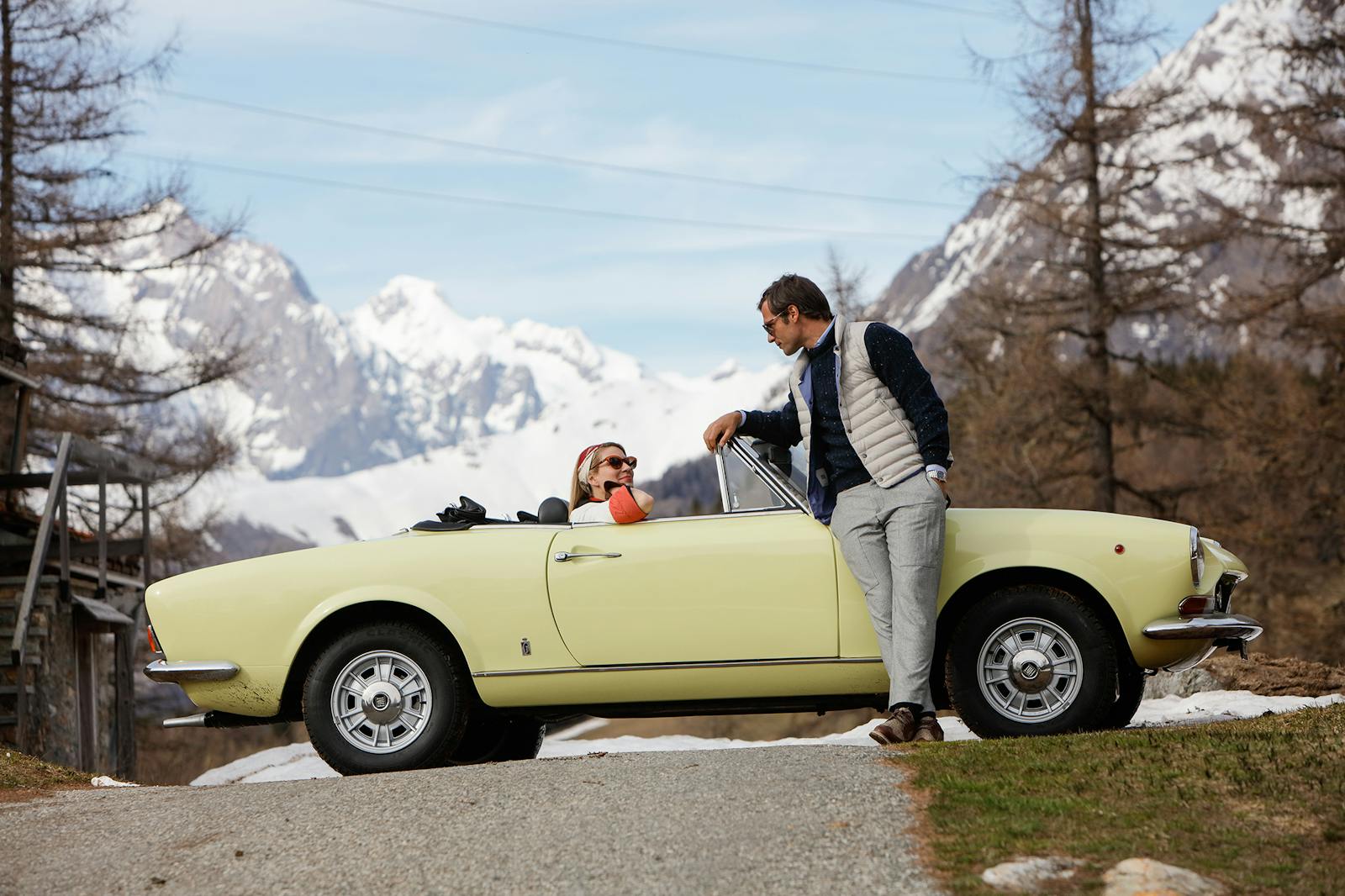Japanese bikes were hot, British bikes were not at 2020 Las Vegas auctions
Japanese bikes were hot, and British bikes were not. Others were all over the place. Now that the 2020 Las Vegas motorcycle auctions have concluded, what did we learn? With overall sales of $22.5 million and 85 percent of the 1821 lots sold, the state of the motorcycle market is beginning to reveal itself.
There were some strong sales throughout, and Mecum walked away with the biggest sale of the week selling a 1922 Brough Superior Mark 1 for $308,000. Other notable Mecum sales included an original paint 1940 Harley-Davidson EL that garnered $220,000—the same bike sold for $159K at Vegas in 2014, a 13-percent profit (after sellers fees)—and a 1969 Honda CL125 for $19,000, while Bonhams sold a 1980 Kawasaki Mystery Ship for a strong $55,200 (the same bike sold for $20K at Vegas 2013, a 139% profit after sellers fees).
The main talk of the week was two-fold. We’ll start with Japanese bikes. They dotted the venues, making up 35 percent of all lots, but it became a question of whether over saturation was going to kill the market. Did it? Well, let’s look at Honda minibikes, a segment that has seen big growth in prices over the last three years, and Sandcast CB750s, a benchmark of the money in the ’70s Japanese market.

If you were at the auctions you might have thought there were a lot of minibikes on offer, and you weren’t wrong. Honda minibikes made up an astonishing 25 percent (110+ bikes) of all Honda lots, yet oversaturation didn’t seem to be a big problem—95 percent of them sold for a median price of $4000. On the more established-collector end of the spectrum was the Honda CB750 Sandcast. It’s rare to see more than a couple in one spot, but there were six on offer in Vegas. Once again, the market proved stable and the demand for ’70s Japanese bikes remains strong. Five of the six sold for a median price of $24,200, and a Vic World restoration broke the $40K mark, a level that seems to be the ceiling for Sandcasts over the last few years.
The other topic of the week was British bikes. They are some of the prettiest, most heart-pulling bikes, and there were beautiful ones for sale from known restorers and collectors. Yet most were selling for pennies on the dollar or not at all, until Saturday money rolled around. Suddenly, Triumph Bonnevilles for $15K became the norm.
“Friday afternoon was like a flashback to five years ago,” says motorcycle restorer, collector, and author Somer Hooker. “Triumph Bonnevilles were back up towards $18K, and a nice Shadow hit $130K, while others were stuck in the sub six-figure club. By 5 p.m., everyone’s blood sugar dropped and their dinner reservations were coming up. Prices spiraled.”
Overall, British prices weren’t on the up, though, and they sold for a median of 2-percent above condition-appropriate price guide values (Hagerty team members individually conditioned and inspected more than 1600 motorcycles). Japanese bikes sold for a median 23-percent more than Hagerty Price Guide values.


Markets fluctuate and prices change, but strolling the auctions I overheard a couple buyers saying they were moving on from their hard-to-start British bikes and into new areas, like 1980s Japanese bikes, and I don’t blame them. Some enjoy looking at the bikes and some enjoy riding them.
But as one segment of the market slides, another continues to grow, and it became clear that fully-faired sportbikes are a hot commodity. A Suzuki RG500 Skoal Bandit sold for $57K and two Bimota DB1s (an R and SR, both rated as only “good” condition) sold for more than $30K each. This segment of the market has always been hidden behind the chrome and polished engines of the ’60s and aura of the pre-war bikes, but buyers are now taking note. Keep an eye on it.
There were bikes that were well bought and well sold across all makes, but in the end all that matters is that you enjoy what you ride or what you have on display. Don’t be afraid to add a sportbike to the collection. Plastic is classic; believe it.


